What Is Chlorhexidine Gluconate (CHG)?
Chlorhexidine gluconate (abbreviated as CHG) is a special kind of soap that has been used for years in hospitals and similar facilities to clean specific areas of the body in preparation for surgery and other procedures.
Extensive study Bathing methods Areas to avoid 24 hours Participation Shower Bed bath FAQ Pin
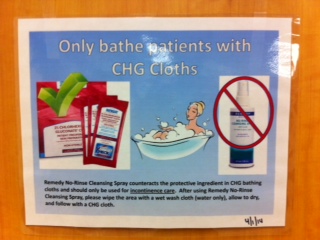
An Extensive Study
At the hospital where I am currently employed, we are currently experimenting to determine the effectiveness that chlorhexidine gluconate, or chg, has against patient infections by using it on patients daily instead of bathing with soap and water.
Not all hospitals are currently doing this but many are involved in the study just like us. We are monitoring and documenting extensively in order to have accurate results. If it continues to be successful, there's a good chance more facilities will start using this method of bathing.
The study has just begun on the floor where I normally work, but other units have been using this substance for a while now. So far, it has proved to be more effective at fighting infection than normal bathing with soap and water.
Chlorhexidine Gluconate Bathing Methods
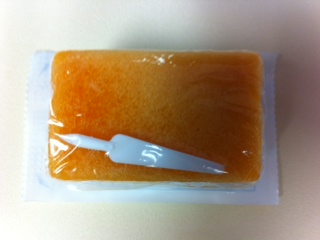 CHG sponge
CHG spongeThe most common method to bathe with chg used to be with a special sponge that is soaked in the substance. This is the method that I have used on specific areas in order to prepare patients for surgery. Oftentimes, the area is scrubbed over and over again for a thorough cleansing.
Those who are able to can give themselves a chlorhexidine shower can use it in liquid form via a bottle similar to bodywash. It can be lathered up and applied onto the skin with a wash cloth or a loufa.
Another way a patient can get bathed is with wipes. This is the best way to give a chlorhexidine bed bath. Of course patients who can ambulate can still use the wipes if they are not able to get in the shower.
The wipes are kept warm in a warmer for comfort. The average sized person should only need six wipes total. More is needed for heavier patients or ones with incontinence.
Areas To Avoid
Something I have noticed is that there are areas where patients say the soap burns their eyes. If it is burning their eyes, have them rinse their eyes out or give them a wet wash cloth to wipe the soap out.
I have also heard from some females that it burns their vaginal area. Although, I have had many patients use it with no discomfort whatsoever. When in doubt, it is a good idea for females to use regular soap and washcloths rather than the chg soap for that specific area.
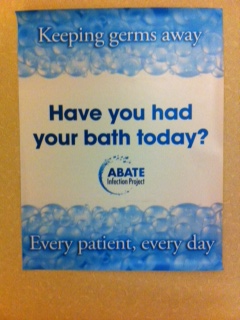
Yes, Every 24 Hours
For the study in our facility, we are supposed to bathe new admissions with chg promptly after they are received on our unit, and continue to use it every 24 hours until they are discharged.
If they use soap and water at any time, the results of the study will be void because soap and water deactivate its effectiveness. If patients must use soap and water, make sure they do so before bathing with chg.
Encourage Participation
If your facility is participating in this study, try to convince all of your patients to bathe with it. Of course it is their right not to use it if they don't want to. Just make sure that you have done all you can and document that they refused to be a part of the study.
They may be skeptical since it is considered a "study" but they shouldn't be. The soap has been used for years and years but just not as extensively. It is completely harmless.
This study is just to further prove that chlorhexidine gluconate can completely replace bathing with soap and water while in a care facility and in doing so will reduce patient infections.
How to take a Chlorhexidine (CHG) Shower
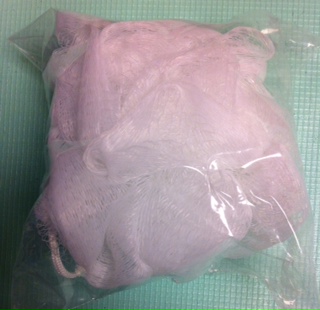 Loufa
LoufaGiving yourself a chlorhexidine shower is a very simple process. This is a handout from a hospital with a list of instructions that patients receive before they begin. If you or someone you know does not know how to properly shower with this kind of soap, this will be very helpful.
Supplies Instructions Download and print instructions here (pdf)
Supplies
- Bottle of CHG soap
- Wash cloths or loufa (mesh sponge)
- Towels
- Hospital Gown or other clothing
- Shower chair (if patient is a fall risk)
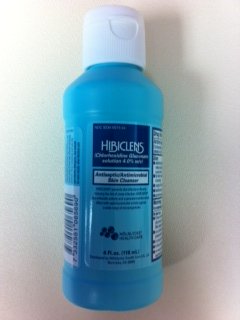 CHG liquid soap
CHG liquid soapShower Instructions
For Your health, we are pleased to provide you with this special liquid soap which has been proven to work better than regular soap and water in removing germs from your skin and keeping you clean.
1. Use the bottle of liquid chlorhexidine for all areas of the body. Begin by washing hair using using the soap as shampoo. Be sure to rinse well.
2. Next, clean face with soap, but take care to avoid getting it into eyes and ears. Rinse.
3. Apply generous amount of soap to mesh sponge and rub until foamy
- Wet skin with water
- Turn water off or stand out of water stream
- Firmly massage soapy sponge onto all skin. Reapply soap generously to the sponge to keep sponge with plenty of foamy lather. Be sure to clean from top down, or cleanest to dirtiest areas. Start with:
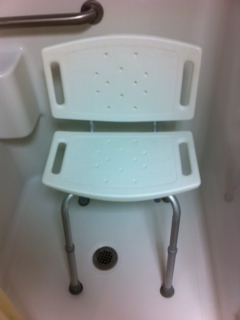 Shower chair
Shower chairNeck and chest
Both shoulders, arms, and hands
Abdomen, hip, and groin
Both legs and feet
Back of neck, genitals, and buttocks last
- For best results, leave soapy lather on skin for two minutes.
4. Don't forget to clean your neck, armpits, and skin folds well, including under the breast. Clean between fingers and toes too.
5. Rinse body well. Also rinse mesh sponge and hang to dry.
6. Dry with clean towel
7. If needed, ask your nurse or nurse assistant for CHG-compatible lotion to moisturize.
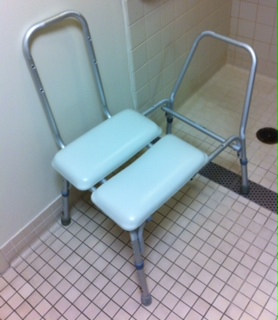 Large shower chair
Large shower chairCHG continues to work for 24 hours to keep germs off your body. We recommend you use it to wash daily while in the hospital. If you must use your own shampoo and face products, please use them before the soap. Please try to keep them off the body as regular soap and shampoo prevents CHG from working as well.
How to Give a Chlorhexidine (CHG) Bed Bath
Giving a chlorhexidine bed bath is fairly simple if the soap in the form of wipes are available. You can even change their bed linens during this process if desired. Here is a set of instructions from a hospital that are handed out to help inform patients on how this process is done.
Order Instructions Areas Tips Warmer Download and print instructions here (pdf)
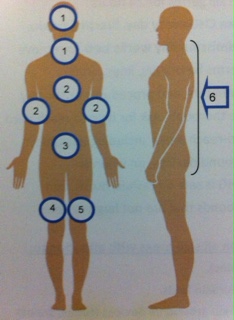 CHG wipe order
CHG wipe orderWipe Order
During your stay, we will bathe you every day with special antiseptic cloths which removes germs and prevents infection better than soap and water.
Each packet has six cloths to be used on all skin areas as shown in the figure to the right. Be sure to avoid the eyes and ear canals.
General Instructions
1. Use CHG every day. Starting on the admission day works best to remove germs before IVs, lines, foley catheters, and especially before procedures/surgery
2. These no-rinse cloths are your protective bath. The soap continues to get rid of germs for 24 hours.
3. Use all 6 cloths. More if needed
4. Firmly massage on all skin areas to ensure deep cleaning of skin
5. Clean over non-gauze dressings
6. Your nurse or nurse assistant will clean parts of lines, tubes, and drains nearest to the body
7. Throw away in trash. Do not flush.
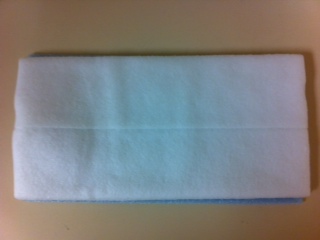 CHG wipe open
CHG wipe openClean all skin areas with attention to:
- Neck
- All skin folds
- Skin around all devices (tubes/drains)
- Wounds and open skin
- Armpits, groin, between fingers/toes
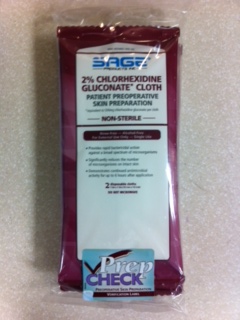 CHG wipes package
CHG wipes packageWipe Tips
- Chlorhexidine Gluconate is proven to work better than soap and water to get rid of germs.
- These cloths have aloe and are good for your skin. CHG is less drying than soap.
- Do not rinse. Once massaged onto skin, the soap works to kill germs for 24 hours.
- Be thorough. Ask for help for hard to reach areas, backside, and around devices.
- The wipes are safe on rashes and wounds that are not very large or deep.
- Clean linens, drains, and tubes six inches from the body. Ask for help if needed.
Wipe Warmer
The wipes are kept in a warmer that is typically heated to 125 degrees fahrenheit. This is so the wipes are applied warm onto the patient's skin for comfort. Wait until the last second to open the wipes so they stay as warm as possible.
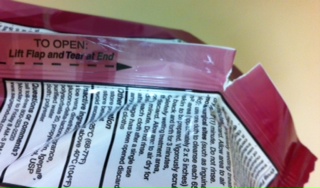 CHG wipe package open
CHG wipe package openIt takes two hours for them to get to the desired warmth once placed inside the warmer. They can only stay inside for 48 hours before they have to be disposed of so try to use them in the same order they were placed to minimize waste.
One more tip. The packets can be difficult to open if you are unaware of the slit in the fold on the back. Simply grip the pack on either side of the slit and pull. This will form a nice and clean opening for easy access to the wipes.
FAQ: HCA Patient Talking Points
These are some frequent patient questions/concerns (green text) followed by proper answers (black text) that should be given when it comes to bathing with CHG. These Q&As were provided by HCA to help convince compliance to use the soap while in the hospital. I take no credit for these responses.
Purpose Clean Sticky Own Face Tired Bed bath Wounds Daily IV Tomorrow
What is the purpose of this bath?
This is your protective bath while you are staying in this unit. All patients on our unit with central lines or midline catheters are receiving this bath. This type of bathing is deeply cleaning and works better than soap and water to remove germs and protect you from infection. It has been used on hundreds of thousands of patients in many hospitals across the country to clean the skin and protect patients from germs.
I don't feel as clean after bathing with the cloths.
I know most people usually think of baths as needing soap and water, but while you are here in the hospital, these cloth baths work better than soap and water to remove germs from the skin. It is deeply cleansing and will protect you more than soap and water.
I don't like these cloths. They leave my skin feeling sticky.
I should have mentioned the sticky feeling before starting to use them. It's actually a good thing. The sticky feeling is due to the aloe in the cloths which moisturizes your skin while it cleans. The aloe is the sticky feeling that goes away after a few minutes and leaves your skin soft and moisturized.
Can I use my own soap and/or lotions along with this bath?
No, other soaps and lotions may prevent this bath from working and may not protect you because they interfere with the germ fighting ingredient in the soap. This bath works better than soap and water to protect you, so it is important that you only use the soap we give you during your stay.
I would prefer to use my own shampoo and face soap. Is this okay?
Other soaps and shampoos may interfere with the CHG soap which works the best to remove germs from your body. We strongly encourage you to use the CHG compatible soap while you are here. However, if you must use your own shampoo or face soap, please use them first and try to keep the shampoo and face wash off your body so CHG will work as body soap.
I am too tired and I don't feel like bathing.
I understand you must be tired, but this bath is important to protect you from bacteria and germs. It will only take 5 to 10 minutes and will make you feel refreshed. I will help you. If you are too tired right now, I can come back later and check in with you.
I would prefer to perform my own bed bath.
If you wish to bathe yourself, let me give you important instructions and a handout. (CHG Shower Instructions). Your linens will be covered and you can shower as you normally do with the CHG compatible soap the hospital gives you. Then, you will be applied with the CHG cloths to remove any remaining germs and help prevent infection for the next 24 hours.
The CHG cloths have a special no-rinse soap that works better than soap and water to remove germs that can cause infection. Don't rinse since the CHG continues to work for 24 hours to keep germs away. If you must use your own shampoo or face wash, use them first and try to keep the shampoo and face wash off the body so CHG will work as body soap.
Can the soap be used on wounds or skin rashes?
Yes. In fact, cleaning skin wounds and rashes is particularly important since germs can get under the skin when there is a skin break. The cloth will also be used over plastic dressings and to clean 6 inches of any line, tube, or drain closest to your body. I will help with that part of your bath.
The label does not say CHG can be used for daily bathing. Is this safe?
Yes, CHG is safe to use for daily bathing. It is approved for bathing before surgeries and for cleaning wounds. The labels are based upon the studies that the manufacturer has done. In the case of CHG, many trials have now shown that daily CHG bathing reduces serious infections, even in our most critically ill patients. This type of daily bath has been used in hundreds of thousands of patients and is well-tolerated and safe. Our goal is to prevent infection and protect you while you are here.
I don't think I can bathe because I have an IV
Don't worry, we do this all the time. In fact, because you have lines, it's even more important to keep germs off the skin and prevent infection. We actually clean the lines after we clean your skin. I will help you with areas around the lines.
Can I wait to bathe tomorrow? I just arrived on the floor today.
Because you have a central line (or midline catheter), every day is the most important day to take a bath and protect you from germs while in the hospital. Bathing takes only 5 to 10 minutes and will make you feel refreshed and clean.
Pin this Information!
List of Caregiver Supplies and Equipment
From What Is Chlorhexidine Gluconate to Home
Recent Articles
-
Common Truck Crash Injuries and Legal Remedies - Caregiverology
Jul 19, 25 10:49 AM
Known for its sun-drenched beaches, vibrant arts scene, and bustling maritime industry, Fort Lauderdale is a city that sees heavy traffic both on its roads and at its busy port. Unfortunately, with th… -
Why Expert Legal Help Matters After Serious Injury - Caregiverology
Jul 19, 25 10:35 AM
In Houston, over 67,600 car crashes occurred in 2023, resulting in 290 fatalities and 1,612 serious injuries. That’s roughly 185 accidents every day. -
How Life Care Planners Support Injury Recovery - Caregiverology
Jul 19, 25 10:18 AM
In Los Angeles, life care planners play a vital role in supporting injury recovery, especially for individuals facing catastrophic injuries such as traumatic brain injuries or spinal cord damage.

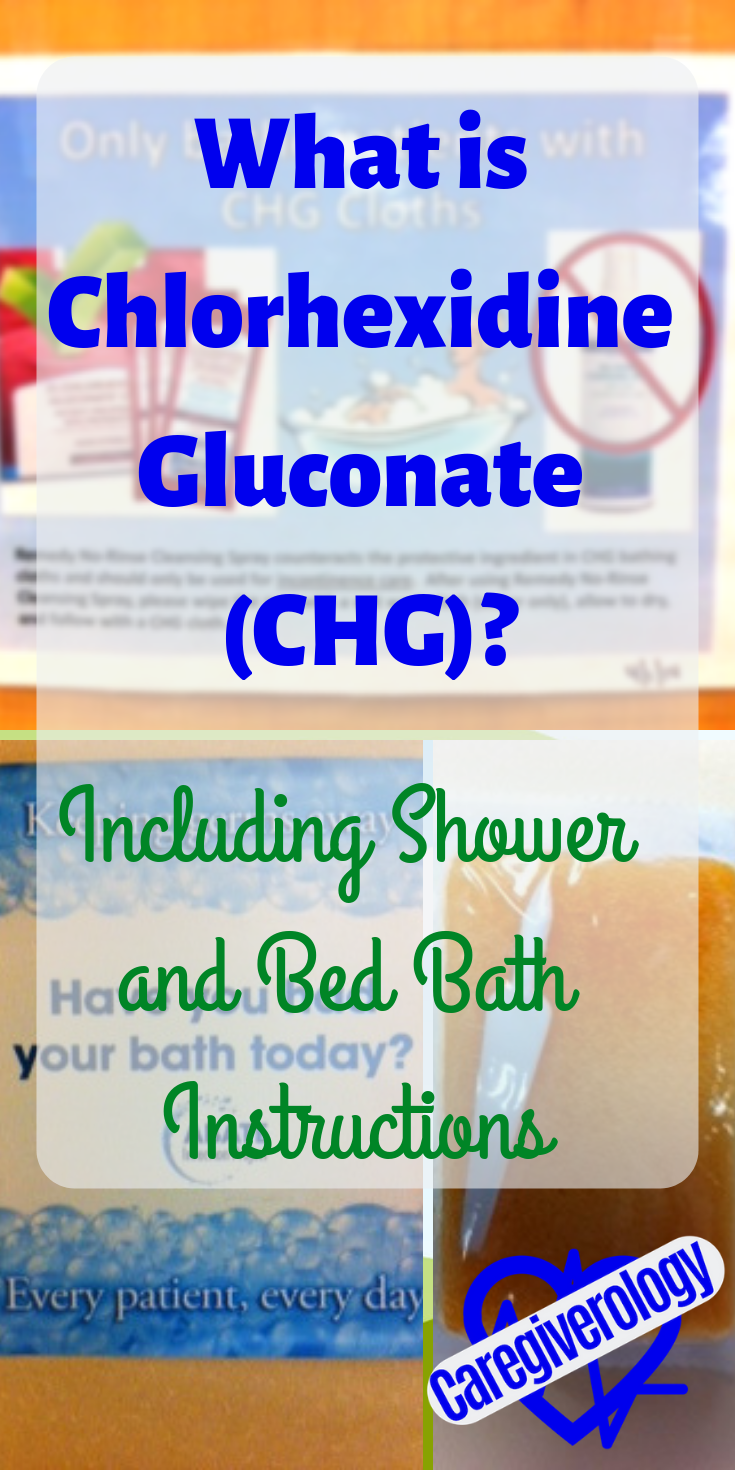
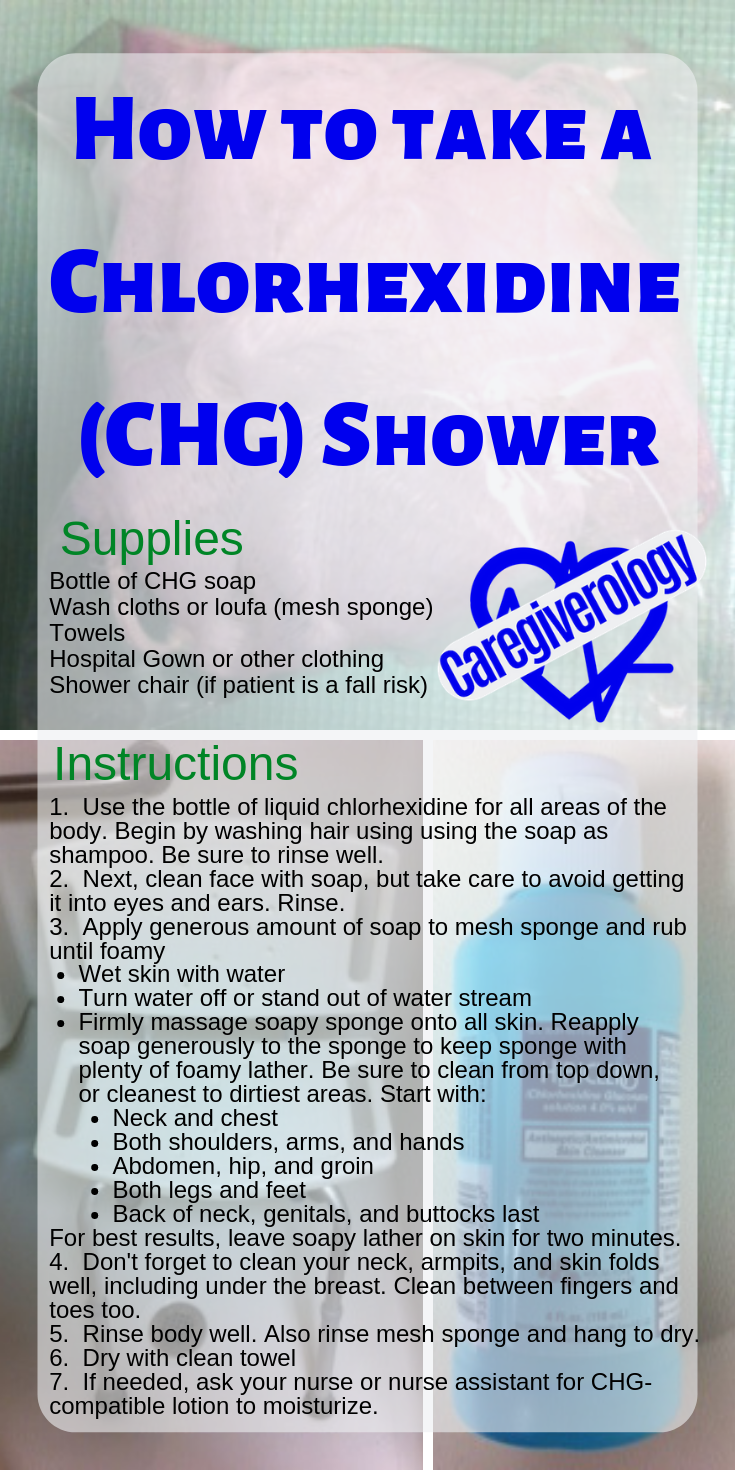
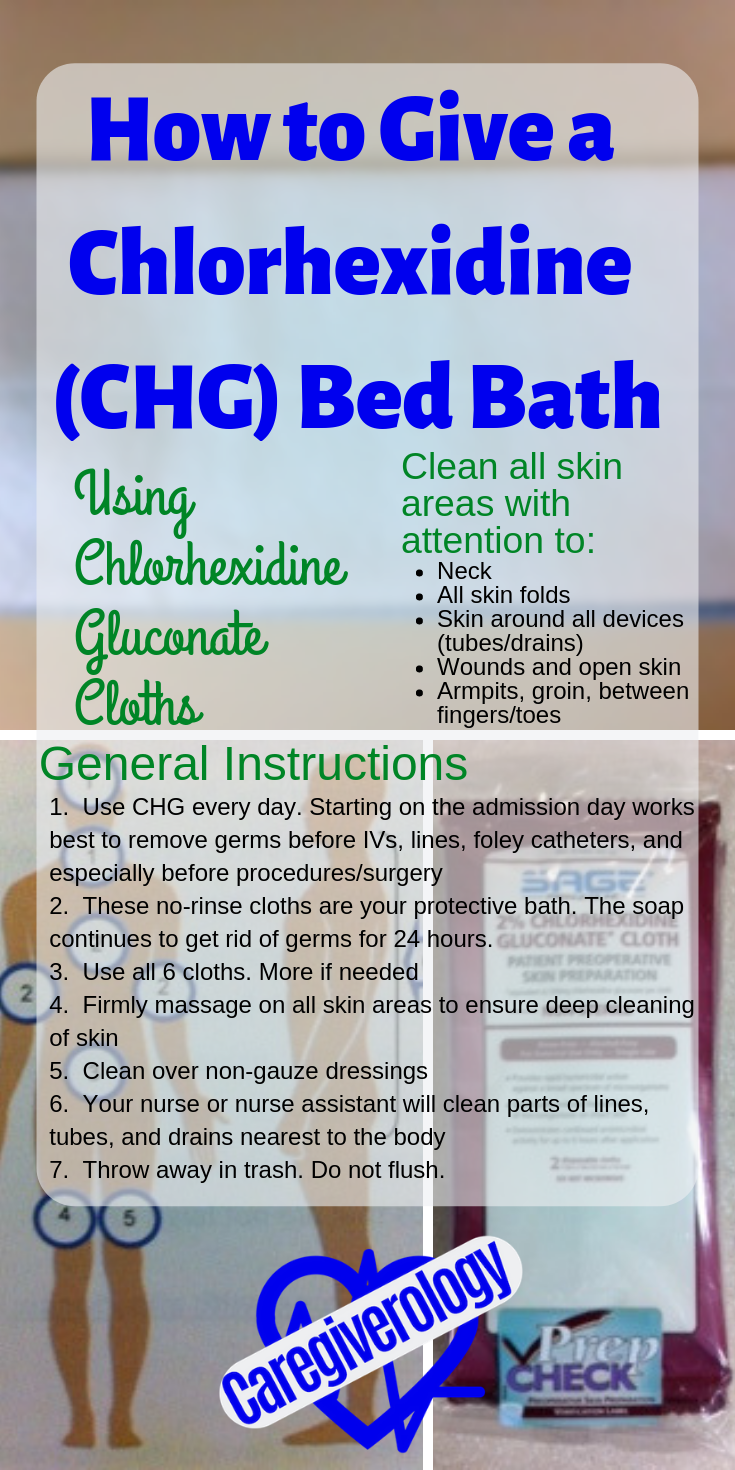



New! Comments
Have something to say about what you just read? Leave a comment in the box below.